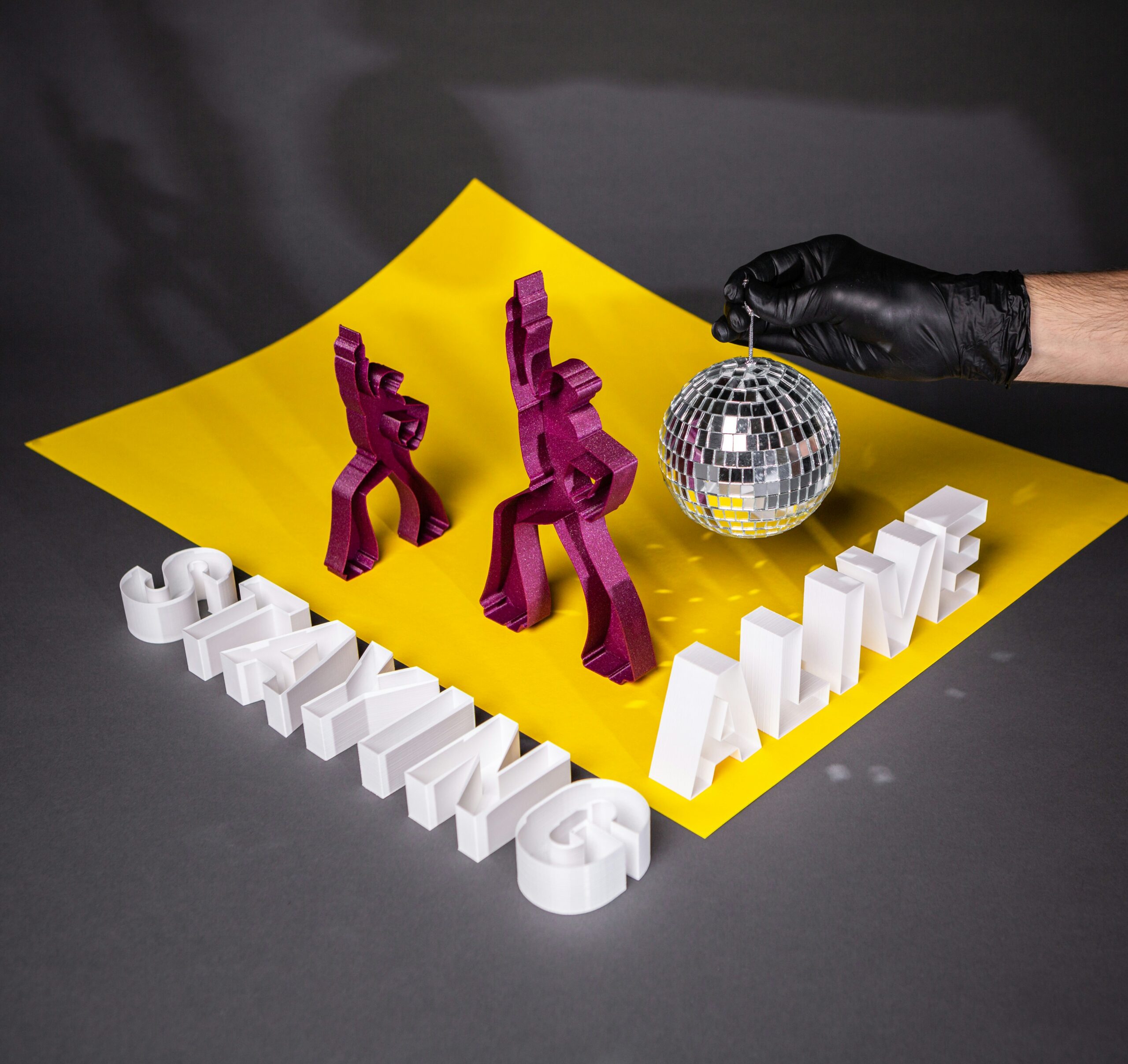
- arrow_back Home
- keyboard_arrow_right 3D Printing
Understanding Stereolithography for 3D Printing
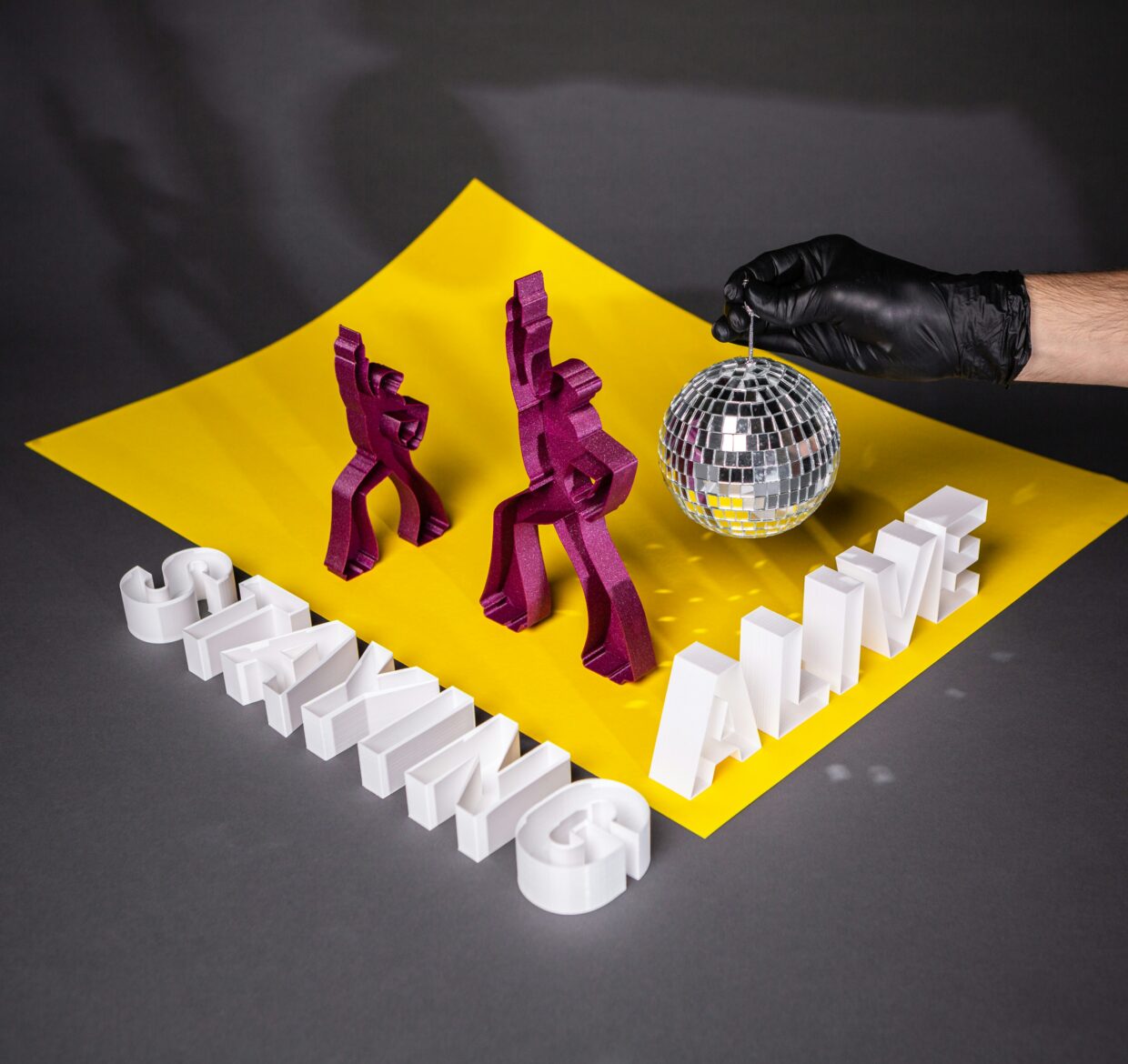
3D Printing Chris Wyatt 3 June 2024
Understanding Stereolithography for 3D printing introduces you to the fascinating world of SLA technology, a key player in the 3D printing industry. As you dive into this guide, you’ll explore the various types of 3D printers, the specific filaments they use, and crucial safety concerns you need to keep in mind. Stereolithography stands out with its unique ability to create high-resolution and intricate designs through the use of photopolymer resin and a UV laser. By the end of the article, you’ll have a clear grasp of how SLA printers work and the best practices for using them safely, making your 3D printing experience both rewarding and secure. Have you ever wondered what makes stereolithography (SLA) so special in the world of 3D printing? With various types of 3D printing technologies available, it can be a bit overwhelming to discern their unique attributes and choose the one that best fits your needs. This article aims to unravel the complexities of SLA, providing you with detailed insights to boost your understanding and potentially ignite your imagination for future projects.
Understanding Stereolithography for 3D Printing
3D printing has become a revolutionary technology, disrupting traditional manufacturing processes and opening doors to a multitude of industries ranging from healthcare to fashion. Among the myriad of 3D printing methods, stereolithography (SLA) stands out due to its precision and ability to produce high-detail objects. In this article, we’ll take a closer look at this fascinating technology.
What is Stereolithography (SLA)?
Stereolithography (SLA) is one of the earliest and most widely used 3D printing technologies. It was invented by Charles Hull in the 1980s and has since become a cornerstone in the 3D printing world. SLA operates by using a laser to cure liquid resin into hardened plastic in a layer-by-layer fashion. This method is distinct in its use of light to solidify the resin, as opposed to extrusion-based methods.
How Does SLA Work?
In SLA printing, a laser beam is directed onto a vat of photopolymer resin. The laser traces the design on the surface of the liquid resin, curing and solidifying the resin upon contact. Once a layer is formed, the build platform lowers slightly to allow fresh resin to cover the previous layer. This process is repeated until the entire object is formed.
- Laser: This is the primary tool in SLA, which solidifies the resin.
- Photopolymer Resin: A liquid that reacts with the laser to form solid plastic.
- Build Platform: Holds the object being printed and moves vertically to create different layers.
Advantages of SLA
SLA 3D printing offers several distinct advantages:
- High Precision and Detail: SLA is known for its ability to produce objects with intricate details and smooth finishes.
- Material Options: A variety of resin types are available, including those that mimic different plastic characteristics or even flexible and castable options.
- Speed: In some cases, SLA can be faster due to fewer post-processing steps compared to other types of 3D printers.
Disadvantages of SLA
As with any technology, SLA also has its drawbacks:
- Cost: SLA printers and resins tend to be more expensive than other 3D printing options.
- Durability: SLA-printed objects can be more brittle compared to those created by other methods.
- Post-processing: Requires additional steps like washing and curing, which can be time-consuming.
Different Types of 3D Printers
Understanding SLA is easier when it’s compared to other types of 3D printers. Here’s an overview of the most common types:
Fused Deposition Modeling (FDM)
FDM is arguably the most popular 3D printing technology among hobbyists and professionals alike. It works by melting thermoplastic filament, which is then extruded through a nozzle layer by layer.
- Filament Used: PLA, ABS, PETG, Nylon
- Safety Concerns: Fumes from melting plastic can be harmful; adequate ventilation is a must.
Selective Laser Sintering (SLS)
SLS is another prominent 3D printing method where a laser is used, but instead of resin, it fuses powdered material.
- Material Used: Nylon, Polyamide
- Safety Concerns: Fine particles can be hazardous; protective gear and a controlled environment are recommended.
Digital Light Processing (DLP)
DLP is similar to SLA but uses a digital light projector instead of a laser. This allows entire layers to be exposed simultaneously, often speeding up the printing process.
- Material Used: Photopolymer Resin
- Safety Concerns: Similar to SLA, proper handling of resin and light exposure precautions are necessary.
Binder Jetting
This technique involves spraying a binder onto a powder bed to create layers of an object. After printing, the object typically undergoes further treatment to improve strength and durability.
- Material Used: Sandstone, Metal, Ceramics
- Safety Concerns: Inhalation of fine powders can be hazardous; safety masks and ventilation are recommended.
Comparison Table of 3D Printing Types
| Technology | Material Used | Key Advantages | Key Disadvantages | Safety Concerns |
|---|---|---|---|---|
| SLA | Photopolymer Resin | High detail, smooth finishes | Expensive, brittle objects | Resin handling, light exposure |
| FDM | PLA, ABS, PETG, Nylon | Cost-effective, durable | Lower detail, layer lines | Fume inhalation |
| SLS | Nylon, Polyamide | Strong parts, no support needed | High cost, rough surface | Fine particle inhalation |
| DLP | Photopolymer Resin | Speed, high resolution | Expensive, post-processing | Resin handling, light exposure |
| Binder Jetting | Sandstone, Metal, Ceramics | Complex geometries, full-color | Lower strength, post-processing | Inhalation hazards |

Safety Considerations in SLA Printing
While SLA 3D printing is incredibly efficient and precise, safety concerns should not be ignored. Here’s what you need to keep in mind:
Handling Resins
Photopolymer resins can be harmful if not handled properly. Always wear gloves and use a well-ventilated area to avoid inhaling any fumes. Store resins in a cool, dark place to prolong their usability.
Laser Safety
The laser used in SLA printers is powerful enough to cause injury. Hence, never look directly at the laser beam and always ensure that the printer’s cover is closed while it’s in operation.
Post-processing
Post-processing steps like washing and curing are essential for finalizing SLA prints but also come with safety considerations. Use isopropyl alcohol in a well-ventilated area for washing and appropriate UV light for curing. Always follow the manufacturer’s guidelines for both these steps.
Choosing the Right Resin for Your Project
Resins for SLA printing come in various types, each suited for different applications. Here are some of the most common ones:
Standard Resin
This is widely used for general-purpose printing. It’s ideal for prototypes and models that don’t need to endure much stress.
Tough Resin
These resins are designed to withstand more mechanical stress compared to standard resins. They are suitable for functional prototypes and end-use parts.
Flexible Resin
As the name implies, these resins offer flexibility and can be bent or compressed. They are often used for creating parts that need to withstand repeated stress without breaking.
Castable Resin
Used in industries like jewelry and dentistry, these resins can be burned out cleanly, making them ideal for investment casting processes.
Biocompatible Resin
These resins are certified for use in medical applications, suitable for creating surgical guides, splints, and other medical devices.
Comparison Table of Resin Types
| Resin Type | Primary Use | Key Advantages | Key Disadvantages |
|---|---|---|---|
| Standard Resin | Prototypes and models | Cost-effective, easy to use | Brittle, not sustainable for stressed parts |
| Tough Resin | Functional prototypes | Durable, withstands mechanical stress | More expensive |
| Flexible Resin | Bendable/compressible parts | Flexibility, stress endurance | Limited use in rigid applications |
| Castable Resin | Jewelry, dentistry | Clean burnout, detailed casting | Specialized, expensive |
| Biocompatible Resin | Medical devices | Safe for medical use, highly tested | Very specialized, expensive |
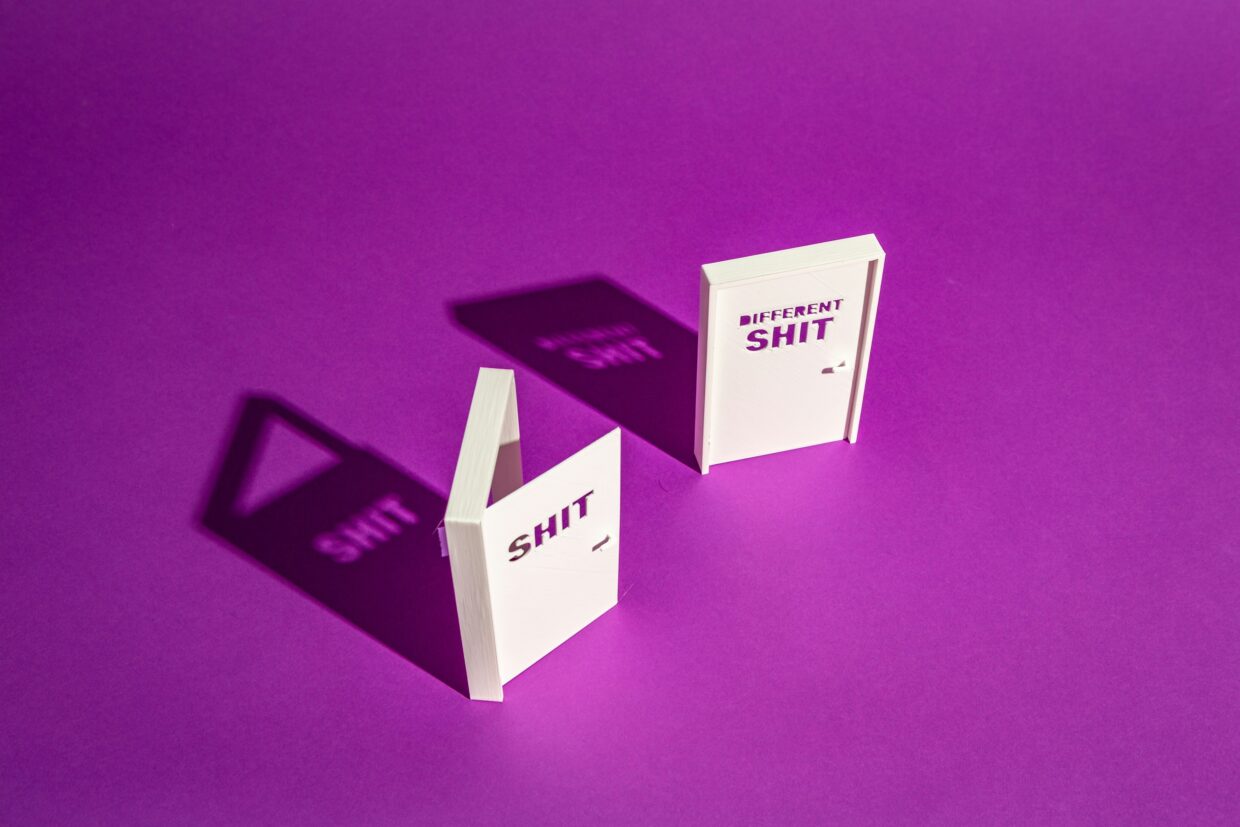
Applications of SLA 3D Printing
SLA printing’s precision and flexibility make it a versatile tool across multiple industries. Here are some areas where SLA technology makes a significant impact:
Prototyping
Due to its ability to produce detailed and accurate models, SLA is frequently used in prototyping. Designers and engineers can create and test scale models of their concepts quickly and efficiently.
Dentistry
In dentistry, SLA is used to create accurate dental aligners, crowns, and surgical guides. Its precision ensures that the dental devices fit perfectly, providing better outcomes for patients.
Jewelry Making
Jewelry designers use SLA for creating intricate and detailed pieces that are impossible to achieve with traditional methods. Castable resins are particularly popular in this industry.
Medical Devices
In the medical field, biocompatible resins allow for the creation of bespoke medical devices like prosthetics, surgical guides, and models for pre-surgical planning.
Education
Educational institutions use SLA printers to offer hands-on experience in design, engineering, and manufacturing courses, giving students a practical edge.
Art and Fashion
SLA’s ability to bring complex and detailed designs to life has found a place in the art and fashion world, allowing for the creation of unique and bespoke pieces.
Future of SLA Printing
The future of SLA and 3D printing looks incredibly promising. Development is ongoing in making SLA printers more affordable, improving resin quality, and expanding application possibilities. Innovations like multi-material printing and faster print speeds are expected to make SLA even more widely adopted in the coming years.
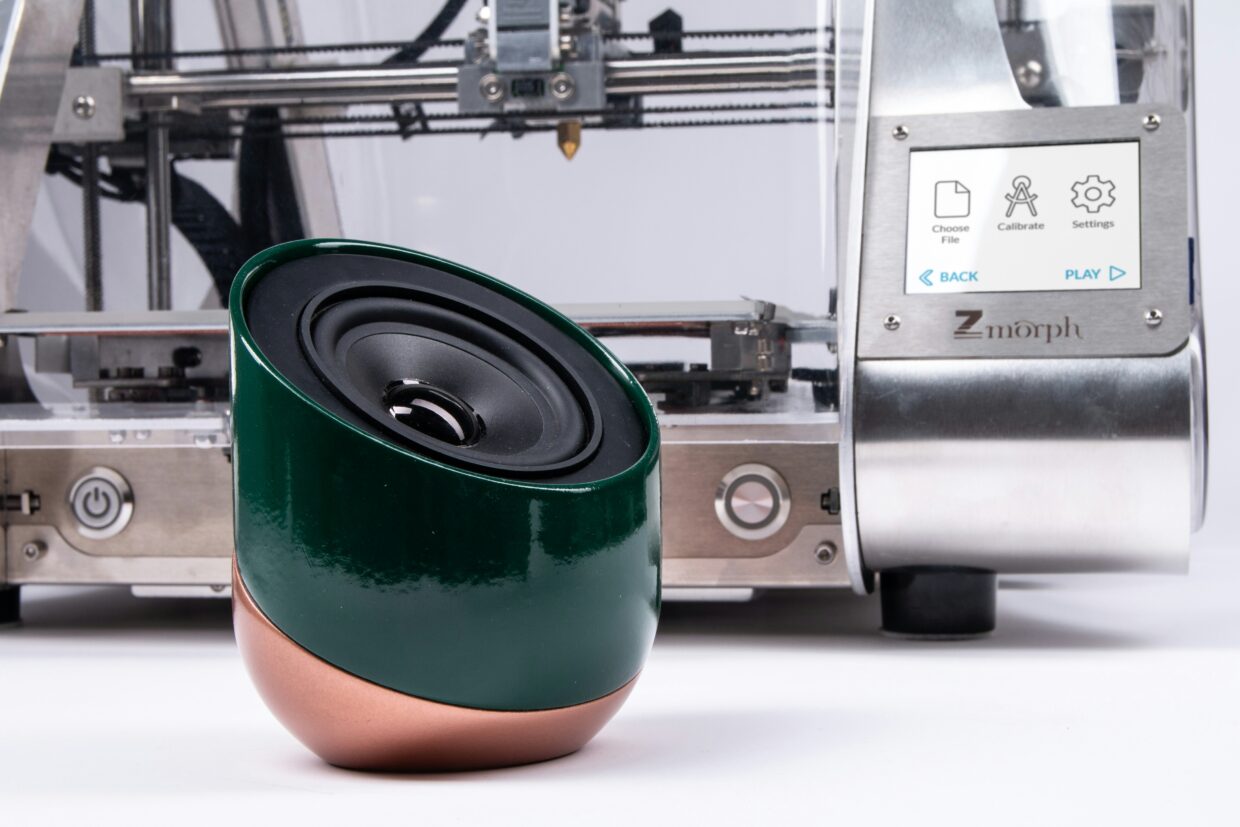
Conclusion
Stereolithography (SLA) is a powerful and versatile 3D printing technology that excels in producing highly detailed and accurate objects. While it comes with its set of challenges—such as cost and post-processing requirements—the advantages it offers, particularly in terms of precision and material flexibility, make it an indispensable tool in many industries.
Understanding the various aspects of SLA, including how it works, the types of resins available, and its safety concerns, can help you make an informed decision about whether it is the right technology for your next project. Whether you are venturing into prototyping, dentistry, jewelry making, or even education, SLA has something valuable to offer.
So, next time you find yourself staring at an exquisitely detailed prototype or a perfectly cast piece of jewelry, you’ll know the magic that goes on behind the scenes—courtesy of stereolithography. Happy printing!
About Ultimate 3D
Learn everything there is to know about 3D Printers and the different components and printing materials.
Site Links
Copyright 2024 Ultimate 3D







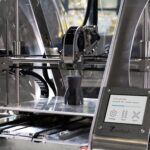
Be the first to leave a comment